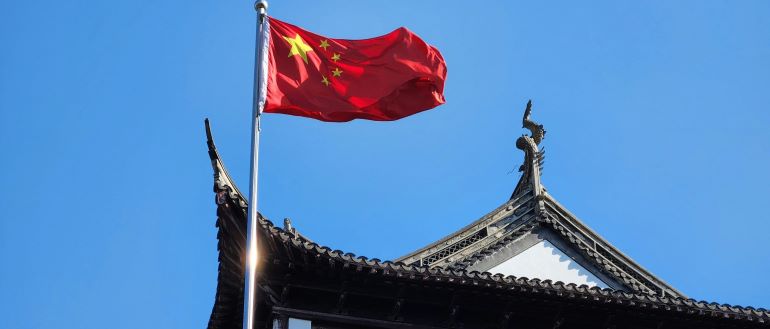
President Donald Trump and Chinese President Xi Jinping announced on Thursday a breakthrough in trade relations following their meeting in South Korea, offering relief to strained economic ties between the world’s two largest economies.
Trump said the U.S. would slash its “fentanyl tariff” on Chinese imports from 20% to 10%, a significant gesture in the ongoing trade dispute.
In exchange, China committed to purchasing substantial quantities of American agricultural products, including soybeans and sorghum — a move welcomed by American farmers who have struggled under previous trade restrictions. Beijing also pledged to ease American access to rare earth elements, critical materials used in electronics, renewable energy, and defense technologies.
China secured its own concessions, with the U.S. agreeing to suspend planned expansions of export controls targeting foreign firms on the Entity List, which had restricted several Chinese companies’ access to American technology.
The deal “takes the black swan scenario off the table with a friendly relationship back on and a trade framework in place. This will be a long road but it’s on a better path that now sets up the tech trade into next year,” Wedbush Securities analyst Dan Ives said in a note to investors Thursday. “There is still a big question about NVIDIA’s Blackwell chips and when/if Trump lets (NVIDIA CEO) Jensen (Huang) sell back into China and reopens this market for the Godfather of AI along with AMD and (CEO) Lisa Su.”
Trump said he did not discuss NVIDIA Corp.’s advanced Blackwell chip during talks with President Xi, dealing another setback to the chipmaker’s efforts to preserve its foothold in China’s $50 billion artificial intelligence (AI) market. Huang, who landed in South Korea shortly after Trump’s departure Thursday, expressed confidence that the Trump-Xi conversation went well and that both leaders would safeguard their respective nations’ interests.
The agreement represents a considerable gamble for an administration that has consistently struggled to gain the upper hand in its protracted trade conflict with Beijing.
Critics note the United States made tangible concessions on tariffs in exchange for commitments from China that have historically proven difficult to enforce.
The administration entered its trade war with four primary objectives: curbing the flow of fentanyl precursor chemicals into the United States, spurring domestic manufacturing investment, narrowing the trade deficit, and forcing the sale of TikTok’s U.S. operations.
Progress has been documented on each front. Beijing has highlighted enforcement measures targeting fentanyl-related chemical exports. Major corporations have announced billions of dollars in US manufacturing investments. The bilateral trade deficit reached a 21-year low this August. And the two leaders agreed on a framework for resolving TikTok’s ownership structure.
Despite multiple negotiating sessions, China has consistently delayed implementing commitments made to US officials. The rare-earth restrictions have proven particularly intractable. Earlier assurances of market access never materialized, and Beijing actually tightened controls with expanded restrictions earlier this month.
The deal leaves the administration navigating a delicate balance: seeking improved relations with its principal economic rival while potentially straining ties with traditional allies who have watched the unpredictable trade negotiations with concern.

